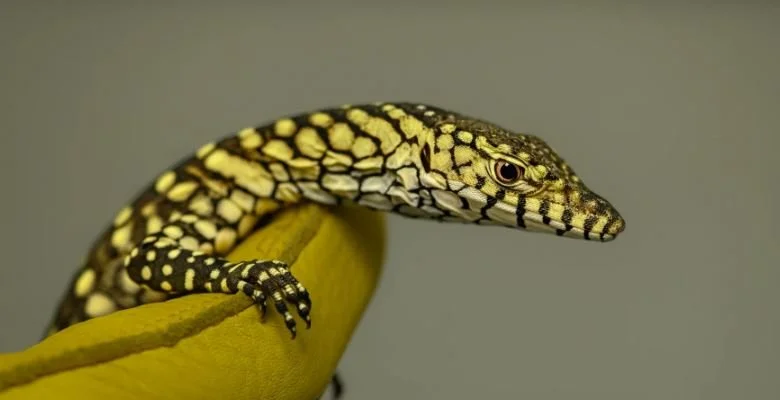Conservationists in southeastern Australia have figured out a non-intrusive way to monitor platypus in the wild. To navigate the waterways where the aquatic mammals live, they’ve trained paddleboard-riding dogs to sniff out the critters without disturbing them.
Hi.
Welcome to my blog.













